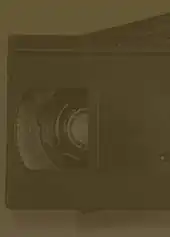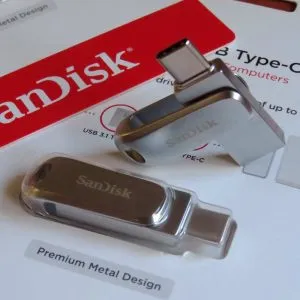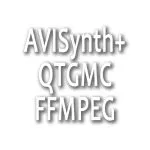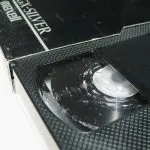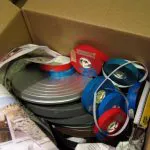Video Upscaling
Das Hochskalieren Ihrer Videos auf HD ist eine sinnvolle Option, wenn Sie Ihre alten Videobänder digitalisieren. Professionell hochskaliertes Filmmaterial ergibt ein viel schöneres Bild, wenn es auf einem grossen Fernseher oder Computermonitor betrachtet wird! Wir sind sicher, Sie werden überrascht sein.
Unser FilmFix-Upscaling unterscheidet sich dadurch, dass wir die Schritte 3, 4 und 5 (siehe unten) durchführen, während andere Unternehmen dies nicht tun.
Für "Computerfreaks": Wenn Sie mit Befehlszeilen in einem Terminal vertraut sind, finden Sie hier eine Anleitung, wie Sie die Skalierung selbst vornehmen können.

Das Upscaling von FilmFix - Vorteile und Extras:
- Die hochskalierte Datei ist eine MP4-Datei und kann auf jedem modernen Gerät angezeigt werden. Ein "Smart TV" hat zwar seine Grenzen, aber er weiss, was er mit einer MP4-Datei machen kann. Hinweis: .avi- und .mov-Dateien lassen sich nicht auf jedem Gerät abspielen.
- Die Qualität des hochskalierten Bildes wird bei der Betrachtung auf einem HD-Monitor besser sein als die der ursprünglichen SD-Aufnahme. Durch die Hochskalierung werden die typischen gezackten Ränder an diagonalen, scharfen Linien stark reduziert, die in SD wie gezackte "Treppenstufen" aussehen.
- Unsere Hochskalierung erfolgt in zwei Schritten. Zunächst korrigieren wir (so weit wie möglich) überbelichtete Weiss- und unterbelichtete Schwarztöne. Und dann ...
- Im zweiten Schritt des Hochskalierens werden die standardmässigen schwarzen Seitenbalken auf beiden Seiten des Bildes durch unscharfe Seitenbalken ersetzt, wie es heute bei Videos im Internet oder im Fernsehen üblich ist. Sie haben es wahrscheinlich schon gesehen - es sind farbige, seitliche "Balken", die eine verschwommene und verwaschene Version des jeweiligen Bildes darstellen.
- Und zum Schluss, während des Hochskalierungsprozesses, schneiden wir nur die ersten und letzten Zeilen, oben und unten im Bild ab, sowie einen minimalen Teil auf der linken und rechten Seite des Bildes, um eine sauberere, reinere Ansicht zu erhalten.
HINWEIS: Einige der fortschrittlicheren Fernsehgeräte bieten eine "interne Hochskalierungsoption", aber die Qualität ist nicht mit unserer vergleichbar. Unserer ist weit überlegen, und das liegt nicht nur daran, dass wir die Schritte 3, 4 und 5 hinzufügen! Der Algorithmus, den unser Computer verwendet, ist weitaus ausgefeilter und aufwendiger als die schnelle TV-Upscale-Funktion vor Ort.


